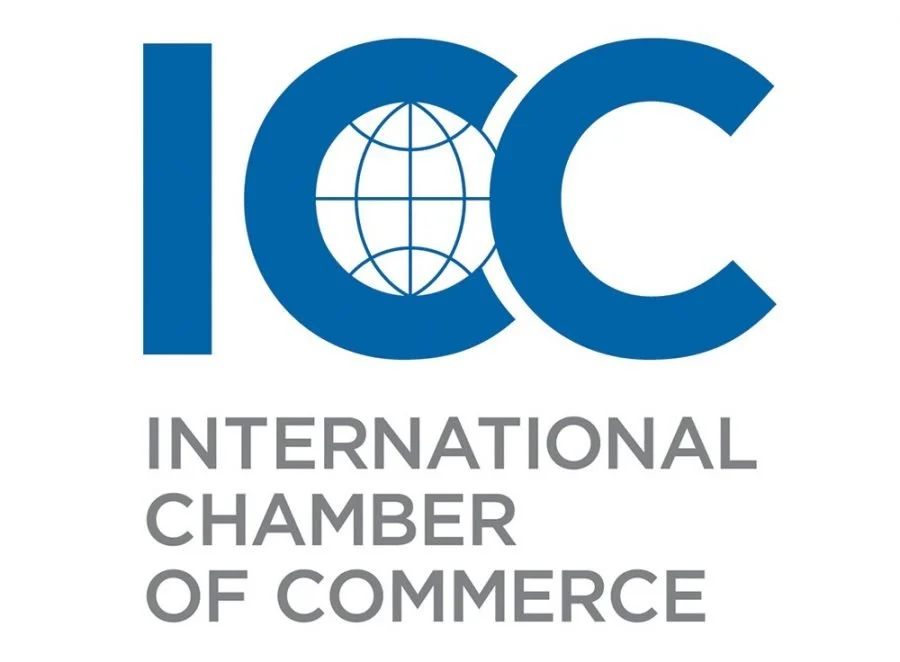EXPLAINED: NEW ICC REGULATIONS
On September 19th, 2024, ICC introduced an updated version of its rules for advertising and marketing communication. But how do these new regulations impact real-world practices?
The latest ICC advertising rules introduce significant updates aimed at increasing transparency, inclusivity, and accountability in marketing. These changes impact influencer marketing, AI-generated content, discrimination policies, and environmental claims.
IN CONCLUSION
These regulations take effect this year.
The biggest issues today are misleading advertising, and gender-discriminatory advertising (although the latter is decreasing).
The rules are similar to previous ones but have been expanded to include additional points and issues.
The updates and changes is the highlighted parts in red:
DISCRIMINATION
+ Physical attributes
+ Mental health
+ Consider the interest of diversity and inclusion
+ Avoid stereotyping and objectification
Which in reality means that advertisements must be mindful of how they portray physical attributes and mental health, ensuring they do not reinforce harmful stereotypes or discrimination. Companies are expected to promote diversity and inclusion, avoiding depictions that objectify individuals or perpetuate biased representations.
MISLEADING
Advertising must not mislead through words, sounds, or images, or in combination of these - regardless of how the misleading occurs. It is the overall impression of the elements that determines how a claim should be interpreted.
Requirements for accuracy, particularly regarding:
…social, economic, and environmental effects
…the product's value and total price - including tax
…sponsorship, agreements, or collaborations with other companies/brands
…revenue share or other contributions to charitable causes
…adherence to human rights or sustainability standards
INFLUENCER MARKETING
The rules apply to influencer marketing. Influencers and influencer networks are also responsible. Individuals, companies, and avatars can be influencers.
Outdated/irrelevant certificates, recommendations, etc. that mislead must not be used. This also applies to influencer marketing.
It is misleading to post on social media that gives the impression of being sponsored by a company if there is no agreement in place.
Which in reality means that influencers and companies must be transparent about sponsorships and affiliations. Misleading content can harm both parties' credibility.
HIRE MINERS AS INFLUENCERS
Parents or guardians must approve the agreement.
Minors must be protected from exploitation.
Content featuring minors must be age-appropriate and free from inappropriate elements regarding products, language, themes, and behavior.
Which in reality means that brands must obtain parental approval for minor influencers, ensuring content is age-appropriate and free from harmful or inappropriate elements.
PRODUCTS WITH AGE LIMIT
Reasonable measures must be taken to ensure that advertising is not targeted at those below the age limit (for example, through inappropriate content, platforms, or audiences).
Restrict access to websites based on age.
This also applies to products that are unsuitable for use by individuals below a certain age.
Advertising directed at children or teenagers must not be placed in media whose editorial content is inappropriate for them.
HIDDEN ADVERTISING
Be able to distinguish between commercial and non-commercial content.
Advertising labels must be:
…prominent
…clear
…easy to read
…placed close to the advertisement
It should be unlikely that the consumer overlooks it.
Advertising in social media posts must be clearly distinguishable, with its commercial nature being transparent. It should be designed so that it can be easily and immediately recognized as such.
Which in reality means that commercial content must be clearly labeled and easily identifiable, preferably highlighted, ensuring transparency and preventing confusion for consumers.
AI GENERATED MATERIAL
Photos, videos, audio, etc. must not be used if they are likely to mislead about a product’s characteristics, performance, benefits, expected quality, and effect, or about the product’s connection to a person or company.
This also applies to AI-generated modifications or other image editing.
Which in reality means that marketing content must accurately represent the product or service. AI-generated alterations or image editing should not mislead the audience. Transparency is key to maintaining trust and ethical standards. Even though labeling AI-generated content is not a legal requirement yet, several platforms do demand it.
GREEN WASHING
Extra high standards of accuracy apply to environmental effects, possession of certification, or meeting standards or conditions for environmental or sustainability labeling.
Stricter enforcement of future commitments.
Which in reality means that companies must ensure their claims about environmental impact etc. meet the highest accuracy standards. Future commitments to sustainability cannot be vague or misleading; they must be backed by clear, verifiable actions. If a company markets an environmental goal, they must clearly outline their plan to achieve it.
Author
Lina Sallander
Influencer Researcher & Marketing Coordinator
United Influencers Sweden AB
lina@unitedinfluencers.se
For more information
Jakob Wigselius
CEO Scandinavia
jakob@unitedinfluencers.se
United Influencers // ELLE Norway


